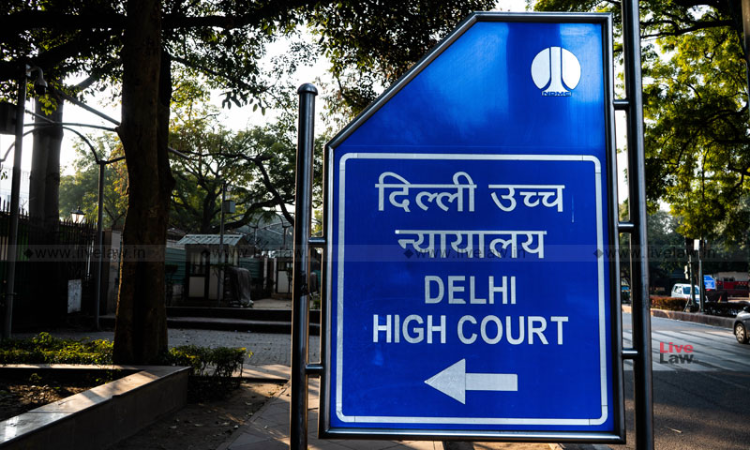Plea Seeking Parity In Legal Age For Marriage: Centre Says It Formed A Task Force To Study The Issue
Karan Tripathi
19 Feb 2020 2:28 PM IST

Next Story
19 Feb 2020 2:28 PM IST
In a plea seeking parity in the marriageable age for men and women, the Ministry of Women and Child Development informed the Delhi High Court today that a task force has been constituted to study the issue of 'age of girls entering motherhood'. The counsel for the Central Government, Monika Arora, informed the Division Bench of Justice DN Patel and Justice Hari Shankar about...
